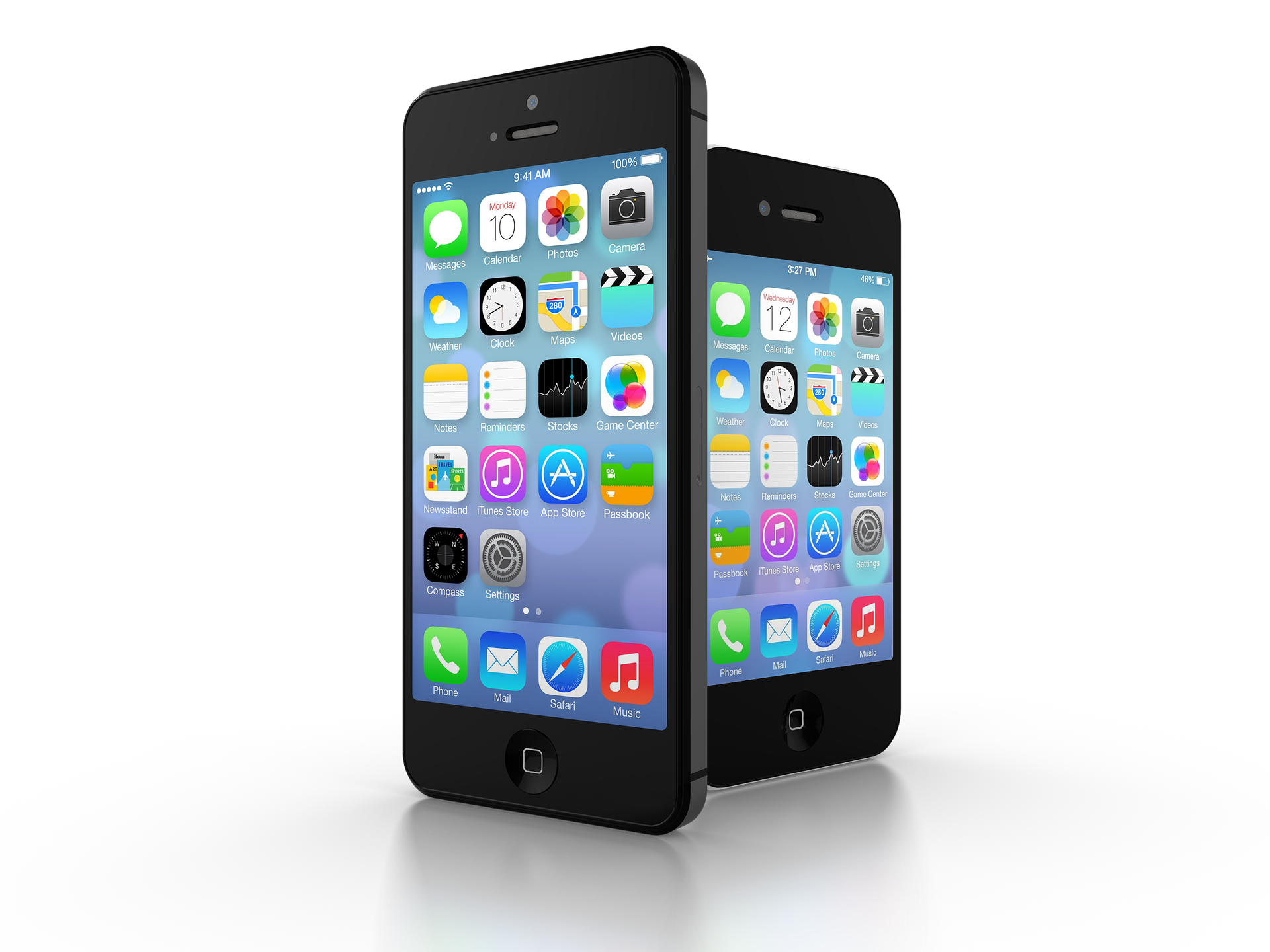Firm Management
Apps We Love – Apps for the Pandemic – July 2020
Since the pandemic prevents us from going out anywhere, this month we decided to take a deep dive into augmented reality (AR) apps – bring the reality home to us on our phones and tablets. Video game players are comfortable in this 3-D realm, but for ...
Jul. 14, 2020

Since the pandemic prevents us from going out anywhere, this month we decided to take a deep dive into augmented reality (AR) apps – bring the reality home to us on our phones and tablets. Video game players are comfortable in this 3-D realm, but for those who are new to AR, here are some easy ways to get started – you just might find you have entered a world from which you will never return! Some of these are apps you can download and use yourself. A few are apps that are changing the business world in ways that will impact us and our clients in years to come. While all of them might seem to employ a certain amount of magic, there’s nothing but reality associated with these apps.
Speaking of the home, let’s start with home décor. The IKEA Place app let’s you photograph a location in your home or office, choose a furniture or decorative item, and place the item to scale right into your room so you can see exactly how it will look and fit; then take a picture so you can refer back to the design. You can of course make purchases through the app as well. The app is intuitive and easy to use.
I’m also a fan of the Project Color app provided by Home Depot. Choose a paint color, take a picture of the wall that you want to change, and click to “paint” your wall with the chosen color. You can alter the shade and save your pictures for future reference.
A great way to kill time and learn new things is with the JigSpace app. See working 3-D models of the insides of a microwave oven, a piano, the human ear, and many more items. Constantly being updated, you can now see a 3-D model of the coronavirus.
The Google Maps app and its companion, Google Earth, have been offering 3-D findings for years and they keeps improving. Google Maps now offers an AR viewing experience to help you navigate to your destination.
Microsoft’s HoloLens is changing industries all over the world. Here are some examples:
- Black Marble is transforming the way police solve crimes: https://www.youtube.com/watch?v=4UHN8G5BM-8
- Ford Motor company is designing new cars: https://www.youtube.com/watch?v=3QyA7HhIYkg
- Philips is leverage the technology to help doctors treat patients: https://www.youtube.com/watch?v=loGxO3L7rFE
Newer automobiles are starting to offer head-up display screens (HUDs) in the windshield in front of the driver where you can see your speed and GPS information without having to look away from the road.
You may be familiar with face filters, a popular augmented reality feature found in Snapchat among other apps. Restaurants have started using the Snapchat capabilities to make their menus interactive – click on a menu item and see a 3-D version of the food on its serving plate, and you can size it and place it right on your table, expand it to see details, completely visualize the meal before you decide to order.
Many clothing, merchandise, and makeup retailers are providing 3-D experiences to allow customers to try on clothes or experiment with makeup designs virtually before making purchases. With some programs, such as My Virtual Model, you indicate your size and a model appears, much like a virtual mannequin. Sephora’s Virtual Artist uses your camera to show your own face as you sample makeup colors and designs. Warby Parker lets you try on glasses on a photo of your own face before purchasing online.
Physicians and nurses can use the AccuVein app and others like it to visualize veins, valves, and bifurcations under the skin without having to cut anyone open. Products like this are helping revolutionize home health care.
I first encountered augmented reality in print publications when I turned to a magazine ad and saw a message that said, “Scan the Shazam code to see trees grow out of this page and discover why trees are important.” I opened my Shazam app and there was a little camera on the screen, I clicked the camera, held it over the magazine page, and the page came alive in an interactive 3-D environment. Shazam has since been bought by Apple and the 3-D technology has been removed from the app, but it got me thinking about what other publications are doing with AR.
A little bit of searching online allowed me to discover that the world of AR is about to overtake print media, so you’ll want to keep an eye out for options to view not just advertisements but also stories in a 3-D format. Many companies are providing this service and it is destined to grow.
